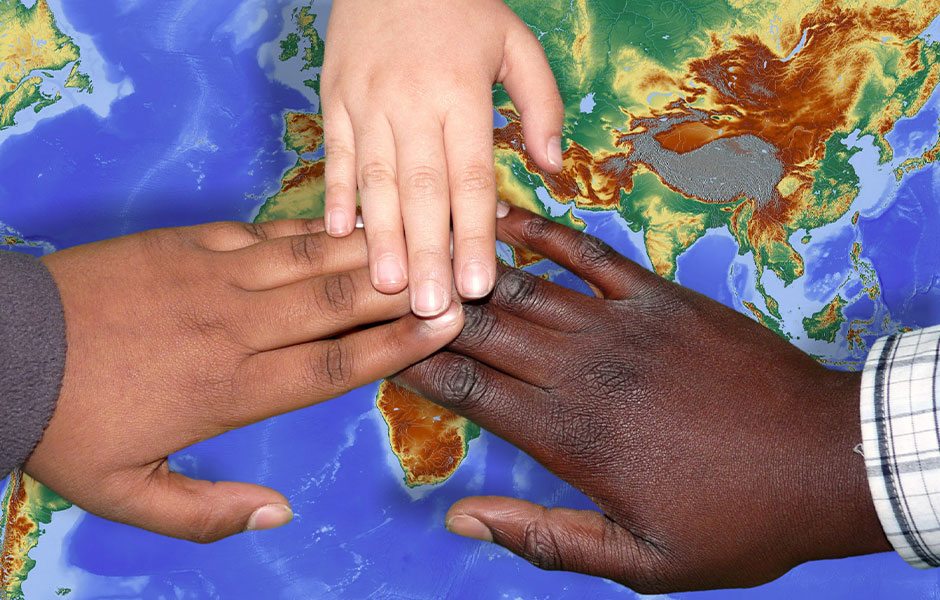The world can change a lot in 20 years, and that reality is no different when we look at Canada in particular. On September 8, Statistics Canada released its projection for Canada’s demographic makeup in the year 2041.
A record-high proportion of immigrants in the Canadian population in 2041.Furthering a trend that began more than two decades ago, immigration is projected to continue being one of Canada’s primary population drivers over the coming decades.
In 2041, if current trends continue, half of the Canadian population will be made up of immigrants and their Canadian-born children.
In line with the expected increase in Canada’s immigrant population, it is anticipated that, by 2041, “immigrants and their Canadian-born children” could account for 52.4% of the country’s total population based on the reference scenario used by StatsCan.
What’s more, is that the above percentage (52.4%) may be just in the middle range of possible outcomes. In fact, it is suggested that the actual number could be as high as 54.3%.
This would mean that the number of immigrants and their Canadian-born children in Canada could be somewhere between 23.7 and 25.9 million (according to the projected Canadian population of 47.7 million in 2041).
In 2041, 1 in 4 Canadians will be born in Asia or Africa
From an even more granular perspective, forecasts suggest that 1 in 4 Canadians will be born in either Asia or Africa by the year 2041.
Between 9.9 and 13.9 million African or Asian-born people are estimated to be a part of Canada’s total population in 2041
Immigrants would continue to be concentrated in Toronto, Montreal and Vancouver
Thus far, a significant degree of Canada’s demographic makeup is projected to change by 2041. One thing, however, that is expected to remain constant is immigrant preferences regarding where in the country they will choose to settle.
Several key reasons for this continuation include such factors as pressures on the housing market and the development of urban infrastructure. Regardless of the specifics though, the overall sentiment is that Canada’s current reality is not projected to change in the future.
What this all means: Canada, a nation of contrasts today, and even more so tomorrow
Generally, the anticipated increase in immigrant movement to Canada is expected to exacerbate present ethno cultural gaps across the country over time and it's economy still relies on Immigrants.




